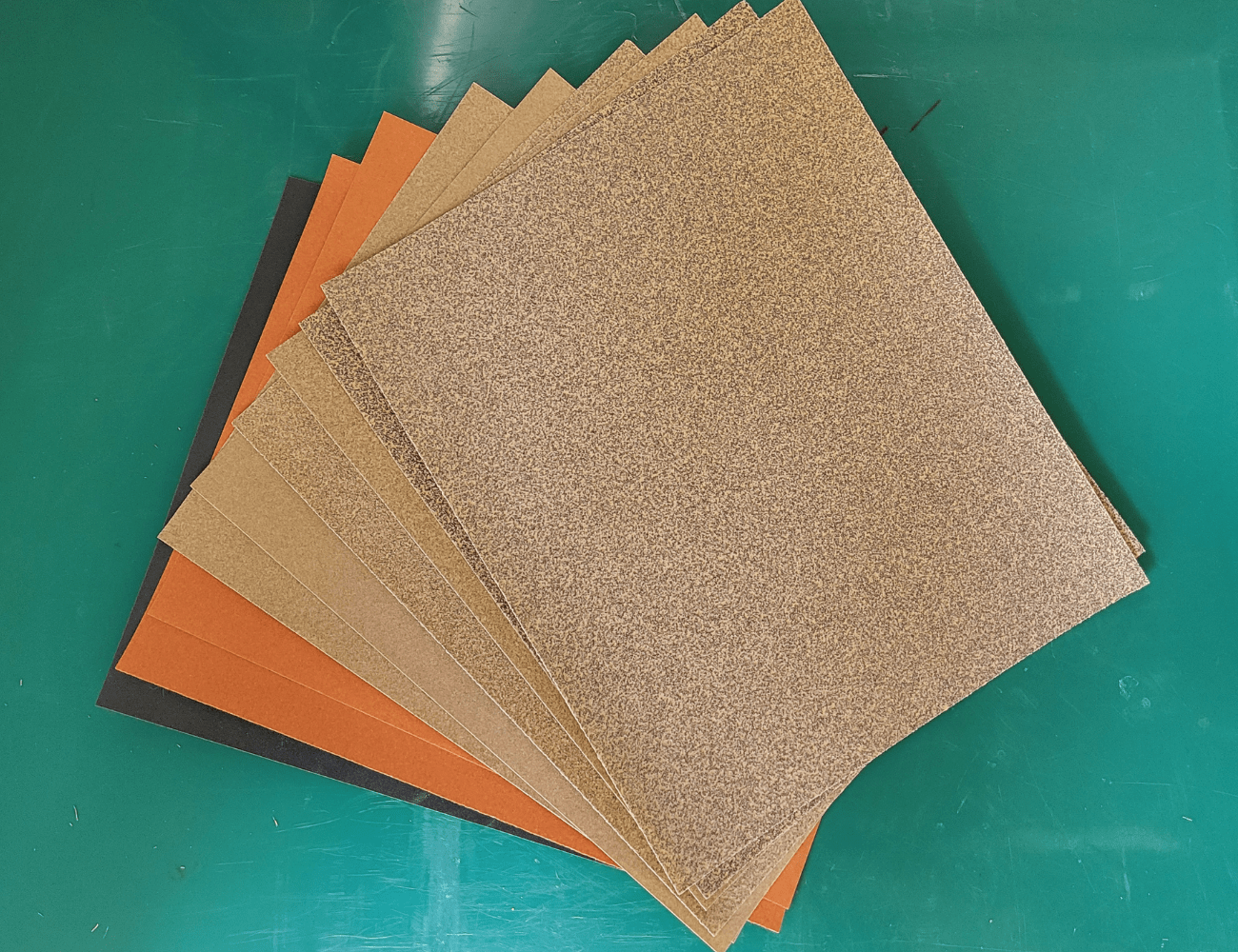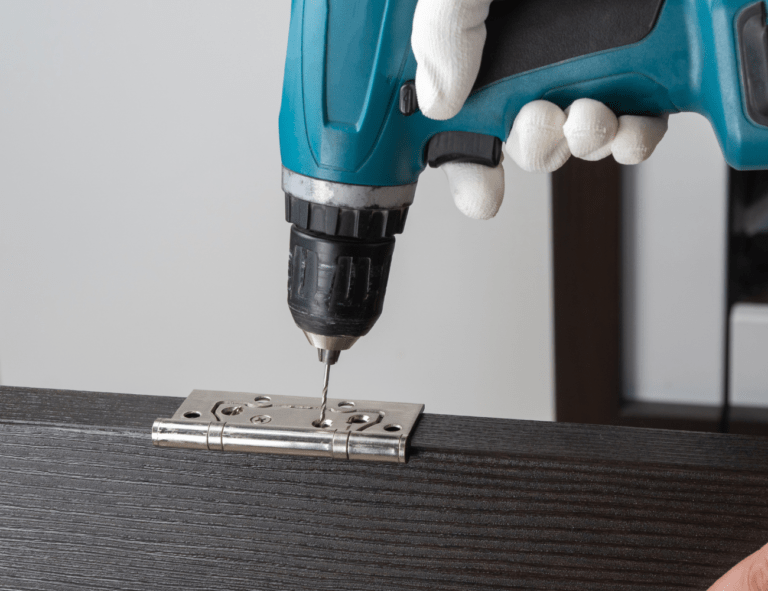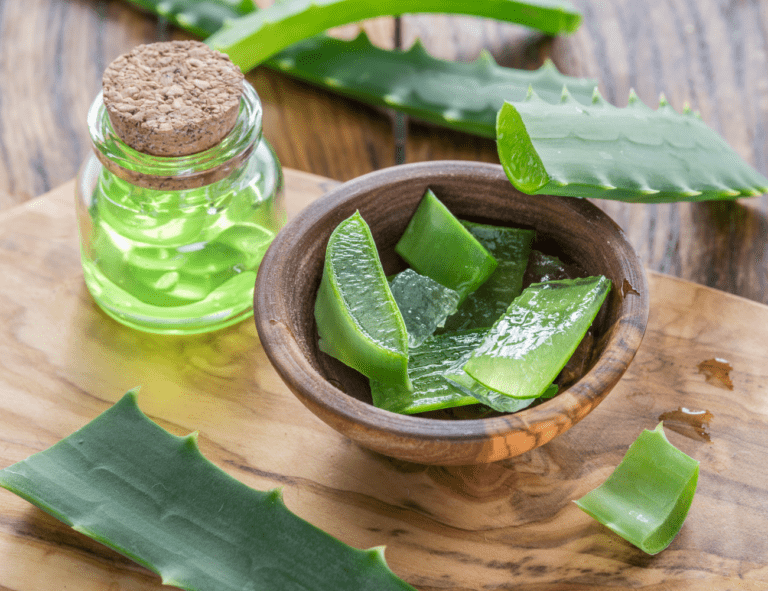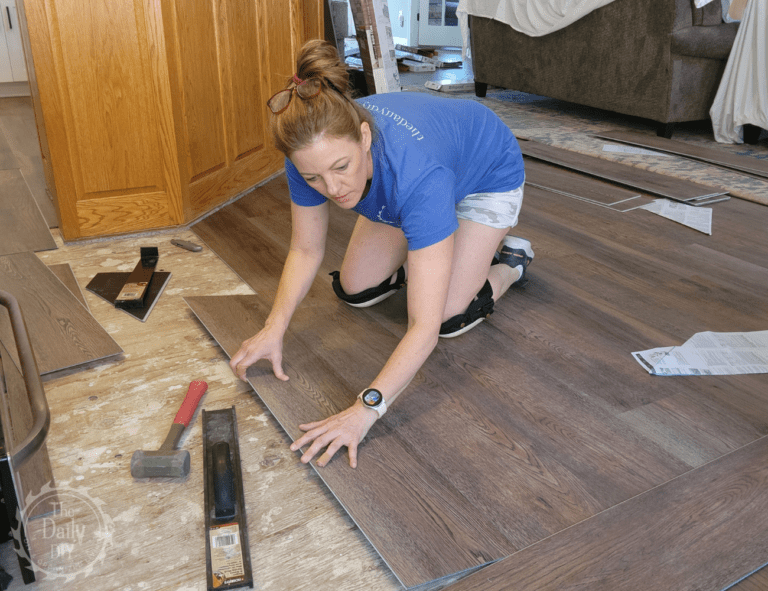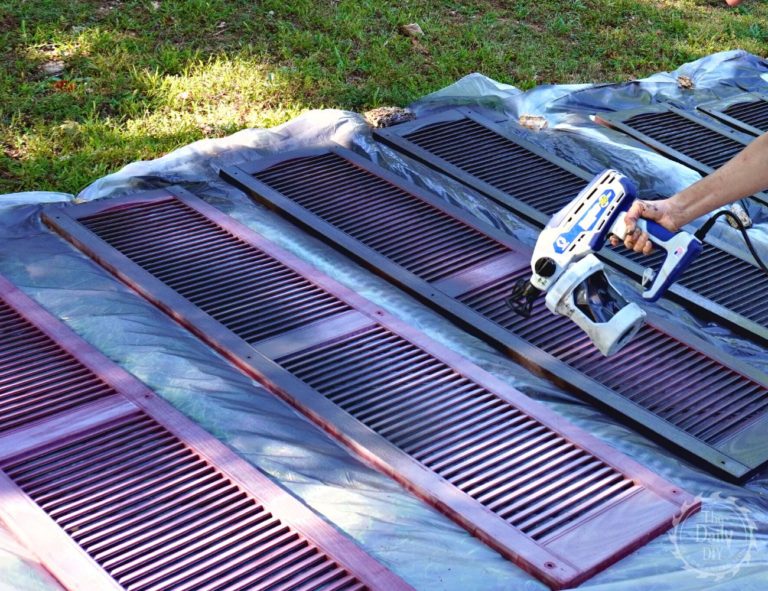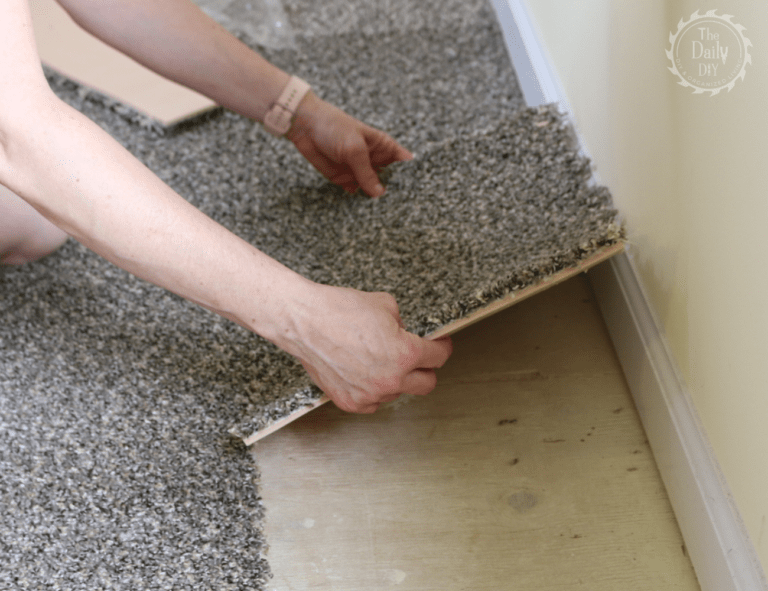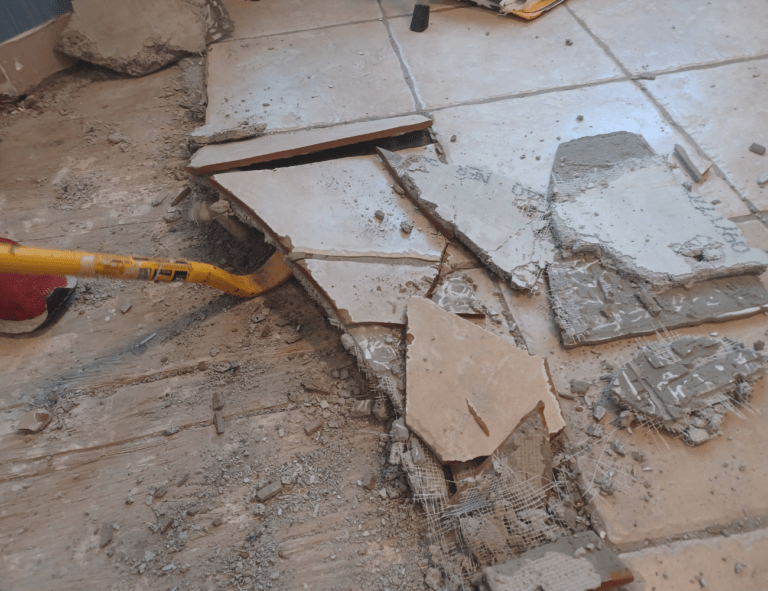Sandpaper Grit Chart: Choosing the Right One for Your Project
When we think of sandpaper, the first thing that probably comes to mind is sanding a piece of wood. But sandpaper is used for much more than that. Not all sandpaper is the same, as it comes in different grits and variations. Using the correct grit can make a huge difference in your project’s outcome. This sandpaper grit chart will help you understand which type to use for your next DIY task.
Understanding Sandpaper Grit
Sandpaper grit refers to the coarseness of the paper, which is labeled with a number (e.g., 80 grit). The lower the number, the coarser the sandpaper. The higher the number, the finer the grit. Home improvement stores typically carry sandpaper ranging from 40 to 600 grit, but for most household projects, you’ll likely use between 50 and 220 grit.
Choosing the right sandpaper grit for wood is essential. Using sandpaper that is too coarse can leave deep scratches, while sandpaper that is too fine may not perform effectively. Let’s explore the different types of sandpaper and their best uses.
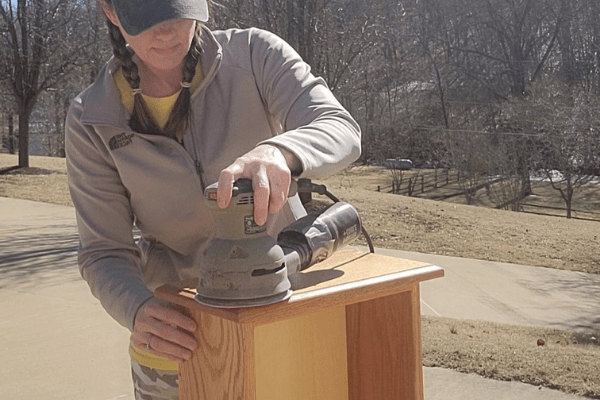
Types of Sandpaper Grit
There are four main categories of sandpaper grit: coarse, medium, fine, and very fine. Below is a breakdown of how each type is used:
Coarse Sandpaper (50-60 Grit)
- 50 Grit – Best for smoothing rough lumber, removing old paint or finishes, and eliminating rust from metal.
- 60 Grit – Ideal for shaping wood, stripping layers of dust and debris, and removing stubborn paints and stains.
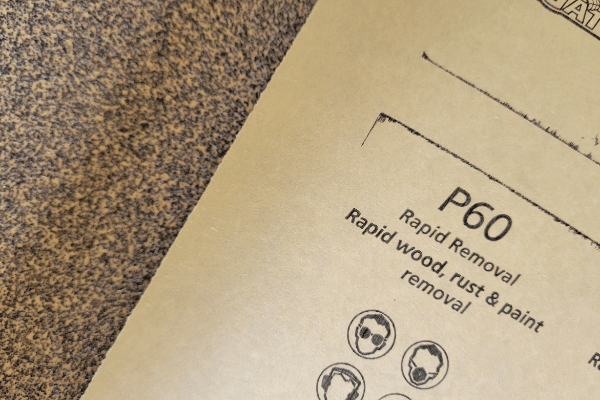
Medium Sandpaper (80 Grit)
- 80 Grit – Great for sanding out saw blade burns, planing marks, preparing bare wood for finishing, and general shaping.
Fine Sandpaper (100-120 Grit)
- 100 Grit – Moderate removal, great for removing water stains on wood, shaping and contouring wood, and even drywall sanding.
- 120 Grit – Used for moderate surface preparation before applying finishes or paint.
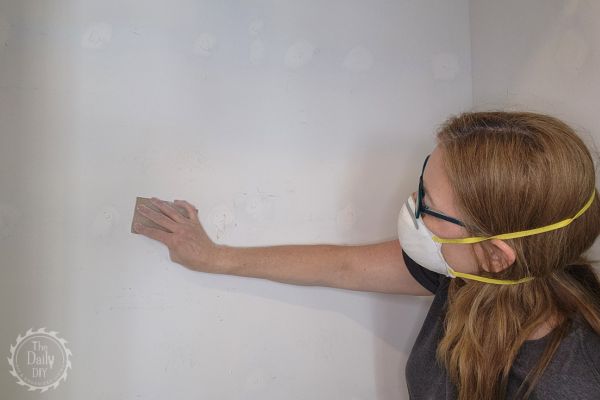
Very Fine Sandpaper (150-400 Grit)
- 150 Grit – Light surface prep and smoothing raw wood.
- 180 Grit – Final surface prep before finishing.
- 220 Grit – Used for final surface prep before applying finishes and between coats of finish.
- 400 Grit – Ideal for sanding between coats of varnish or paint for a smooth final finish.
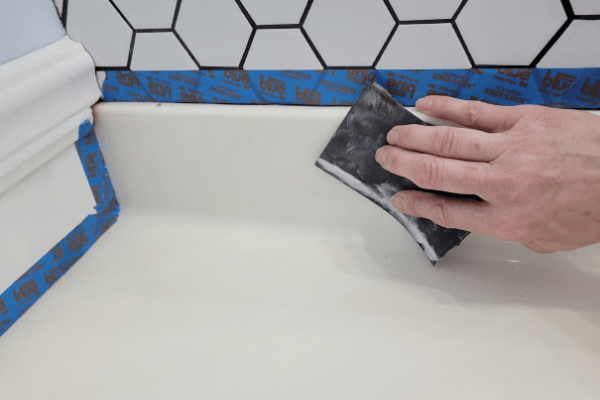
Essential Sandpaper Grits to Keep on Hand
For most DIY projects, keeping a selection of 60 grit, 100 grit, and 220 grit in your toolbox will cover a wide range of tasks. Whether you’re working on wood, drywall, metal, or even automotive projects, selecting the right sandpaper grit is key to achieving the best results.
For more DIY tips and painting advice, check out The Daily DIY’s painting blogs.
Sandpaper Grit Chart
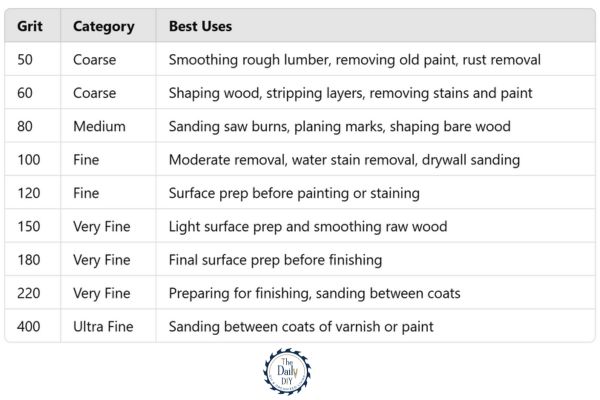
By understanding and using this sandpaper grit chart, you’ll be able to choose the perfect grit for your next project and achieve professional-quality results.

